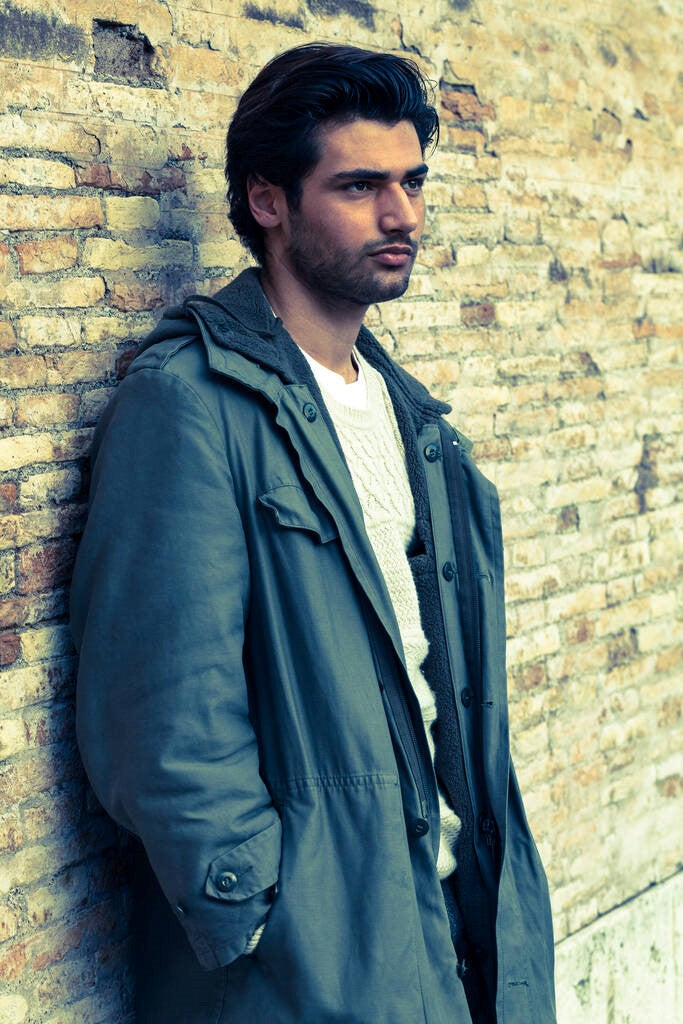Can You Tailor an Overcoat?

When it comes to outerwear, an overcoat is a timeless and essential garment that not only provides warmth but also adds a touch of sophistication to one's wardrobe. However, finding the perfect overcoat off the rack can be a challenging task.
The solution lies in the skilled hands of a tailor who can customize and tailor an overcoat to fit not just your body but also your style. In this article, we delve into the intricate process of tailoring an overcoat and explore the various aspects that contribute to its transformation.
Understanding the Need for Tailoring
Off-the-rack overcoats often come in standard sizes, which may not complement everyone's unique body shape. Tailoring allows for personalization, ensuring a precise fit that enhances your silhouette. Moreover, tailoring addresses specific preferences regarding sleeve length, coat length, and other stylistic elements, allowing you to make the overcoat truly your own.
Taking Measurements
The foundation of a well-tailored overcoat lies in accurate measurements. A skilled tailor will measure key areas such as the chest, shoulders, arms, and length. These measurements serve as the blueprint for creating a garment that fits snugly and complements your body shape. Additionally, factors like posture and any asymmetry in the body are taken into account to ensure a balanced and comfortable fit.
Choosing the Right Fabric
The fabric of an overcoat plays a crucial role not just in its aesthetic appeal but also in its functionality. A tailor can guide you in selecting the right fabric based on your preferences and the intended use of the overcoat. Whether it's a classic wool overcoat for formal occasions or a more casual option in cotton or blends, the choice of fabric significantly influences the overall look and feel of the garment.
Style Customization
Tailoring goes beyond mere adjustments to size; it extends to the stylistic elements of the overcoat. Clients can choose details such as lapel style, button placement, and pocket designs to align with their personal taste. This level of customization ensures that the overcoat not only fits perfectly but also reflects the individuality of the wearer.
Sleeve and Length Alterations
One of the most common alterations in overcoat tailoring involves adjusting the sleeves and length. Sleeves should be the right length to allow for movement without appearing too short or too long. Similarly, the length of the overcoat itself can be modified to achieve the desired aesthetic – whether it's a traditional knee-length or a more contemporary mid-thigh cut.
Achieving the Ideal Fit
The ultimate goal of overcoat tailoring is to achieve the ideal fit that seamlessly blends comfort and style. This involves meticulous adjustments to ensure that the overcoat drapes elegantly, allowing for ease of movement while maintaining a polished appearance. The tailor may refine the fit in areas such as the waist and shoulders to create a silhouette that complements the wearer's body.
Conclusion
In conclusion, the art of tailoring an overcoat is a transformative process that elevates a standard garment into a personalized masterpiece. From precise measurements to fabric selection and style customization, each step contributes to the creation of an overcoat that not only fits impeccably but also reflects the individuality of the wearer.
Investing in the services of a skilled tailor ensures that your overcoat becomes a wardrobe staple that stands the test of time, both in terms of fashion and functionality.





